Cytokine Assay Kits
🧪 CKERS-CXCL2-019H
Source: Human Pleural Fluid
Species: Human
Tag: Non
Conjugation:
Protein Length:

Background
Overview
Cytokine Assay Kits are experimental tools for simultaneous quantification of multiple cytokines. Cytokines are a class of small molecular proteins that play a key role in cell communication. They are involved in many biological processes such as immune response, inflammatory process, cell growth and apoptosis. Detecting cytokine levels is important for research areas such as understanding disease mechanisms, disease diagnosis, therapeutic monitoring, and drug development.
Cytokine detection technologies are usually based on flow fluorescence, microsphere technology or chip technology, and can detect target cytokines from a small number of samples in a short time, with high throughput, high sensitivity and repeatability. The advantage of these kits is that they can reduce experimental time and cost, while providing a large amount of data that can help reveal complex biological processes.
Classification of Cytokines
The detection of cytokines can provide important information for the study of inflammatory diseases, autoimmune diseases, tumors and other pathological processes. Different multicytokine test kits may detect different combinations of cytokines depending on the specific needs of the study. But common ones include:
Tumor necrosis factor-α (TNF-α) : plays a key role in inflammation and immune responses; Interleukin-1β (IL-1β) : involved in inflammation and immune responses, and associated with a variety of diseases; Interleukin-6 (IL-6) : plays a role in inflammation, immunomodulatory and febrile responses; Interferon-γ (IFN-γ) : produced by natural killer cells and T cells and involved in the immune response; Granulocyte-macrophage colony-stimulating factor (GM-CSF) : regulates the proliferation and survival of immune cells; Monocyte chemotactic protein-1 (MCP-1) : chemotactic factor that attracts monocytes and lymphocytes; Macrophage inflammatory protein-1α (MIP-1α) : associated with inflammation and infection response; Interleukin-8 (IL-8) : potent neutrophil chemokine; Interleukin-10 (IL-10) : has anti-inflammatory effects and regulates the immune response; Interleukin-17a (IL-17A) : plays a role in inflammation and autoimmune diseases; RANTES/CCL5: chemokine, involved in immune cell migration; CXCL5, CXCL2, CXCL1, CXCL13: chemokines involved in chemotaxis and migration of immune cells.
Development Course
In 1989, the Biotechnology Department began the development of monoclonal and polyclonal antibodies against cytokines, which was an important basis for the development of cytokine detection kits. In 1990, the first cytokine detection kit was developed based on enzyme-linked immunosorbent assay (ELISA), a technique that allows quantitative analysis of specific cytokines. With the development of flow cytometry technology, microsphere-based cytokine detection technologies began to appear, such as Luminex technology, which can detect multiple cytokines simultaneously through fluorescent-coded microspheres and laser analysis technology.
After entering the 21st century, multiple cytokine detection technologies have gradually matured, such as Cytometric Bead Array (CBA) system and ProcartaPlex technology, which can simultaneously determine multiple cytokines in a sample, greatly improving the efficiency and accuracy of detection. With the rise of personalized medicine and precision medicine, the application of cytokine detection in disease diagnosis, treatment monitoring and drug development is becoming more and more extensive, which has promoted the innovation and diversification of test kits. The clinical application of cytokine detection kits is gradually increasing, and the market demand for such products is growing, which has promoted the development and marketing of kits by relevant enterprises and research institutions.
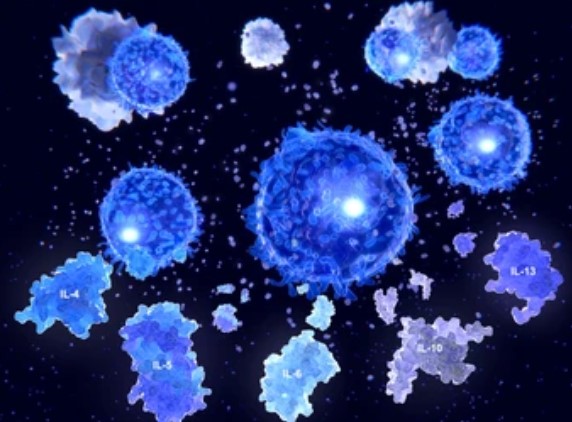
Related Technologies
Cytokine detection kits often combine multiple biotechnologies to achieve high sensitivity and high throughput detection of cytokines. Here are some techniques related to cytokine detection kits:
Enzyme-linked immunosorbent assay (ELISA) : This is a classic assay technique that quantitatively analyzes cytokines by binding specific antibodies to cytokines and using enzyme-labeled two antibodies to produce color changes;
Flow Cytometry: Using flow cytometry to analyze fluorescent coded microspheres, Cytometric Bead Array (CBA) technology is based on this principle, can simultaneously detect multiple cytokines;
Chemiluminescence: In some ELISA kits, chemiluminescence substrates are used to detect the presence and quantity of cytokines, which is more sensitive than traditional colorimetry;
Molecular biological methods: Such as PCR and sequencing technology, can be used to detect the gene expression level of cytokines, and then infer changes in their protein levels;
Immunohistochemistry (IHC) : Although not used directly to detect cytokines, it can assess the distribution of cytokine receptors or their signaling pathway components in the tissue;
Microfluidic chip technology: In some cases, microfluidic chips can be used for rapid detection and analysis of cytokines;
Single-cell analysis technique: Through single-cell level analysis, the heterogeneity of cytokines in individual cells can be revealed.
Applications
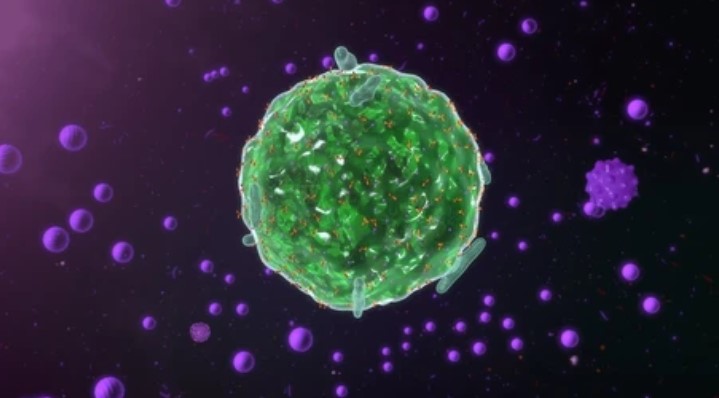
Disease diagnosis and monitoring: The detection of cytokine levels in serum, plasma or cell culture supernatant can help diagnose and monitor inflammatory diseases, autoimmune diseases, infectious diseases, etc.
Cellular immunotherapy studies: In cellular immunotherapies such as CAR T cell therapy, the monitoring of cytokine levels is critical for evaluating treatment effectiveness and predicting adverse events such as cytokine release syndrome.
Drug development and screening: During drug development, cytokine testing can be used to assess the effect of a drug on the immune system, as well as the immune response caused by the drug.
Inflammation and cytokine storm research: Especially during viral infections such as COVID-19, cytokine storms are associated with disease severity, and cytokine detection is critical to understanding pathological processes and guiding treatment.
Flow cytometry: In clinical flow cytometry, cytokine kits are used to detect cytokine production and other immune cell functions in liquid samples.
Multiple detection applications: Using multiple detection technologies such as ProcartaPlex Panels, multiple cytokines can be detected at once, providing a more comprehensive analysis of immune status.
Immunomodulatory marker analysis: Analysis of a wide range of immunomodulatory marker levels to gain a holistic understanding of a patient's immune status, especially when the induced causes of cytokine storms and pathological conditions are diverse.
Cytokine therapy: Recombinant cytokines produced by genetic engineering technology as biological response modulators have been used in clinical treatment of a variety of diseases, and have shown good efficacy.
Case Study
Case Study 1: Human IL32 ELISA Kit
Immune cells are involved, especially Th1/Th17 lymphocytes and their inflammatory cytokines. These proteins have different functions in the immune system, such as IL-16 is a chemotactic factor; IL-18 can activate NFκB transcription producing inflammatory proteins; IL-31 can activate the JAK/STAT pathway which leads to the production of inflammatory factors in chronic diseases; IL-33 promotes IL-16 secretion which causes lymphocyte recruitment, and IL-32 and IL-34 appear to increase TNF secretion by macrophages activation in AR. The aim of this study was to evaluate serum levels of IL-16, IL-18, IL-31, IL-32, IL-33, and IL-34 and compare them with the severity and treatment of RA patients if there are any correlations. Serum cytokine levels were determined using an ELISA kit. Serum IL-16 (p = 0.0491), IL-18 (p < 0.0001), IL-31 (p = 0.0004), and IL-32 (p = 0.0040) levels were significantly increased in RA patients compared with healthy donors. It was observed that patients using leflunomide had the lowest IL-18 levels, close to controls levels (p = 0.0064).
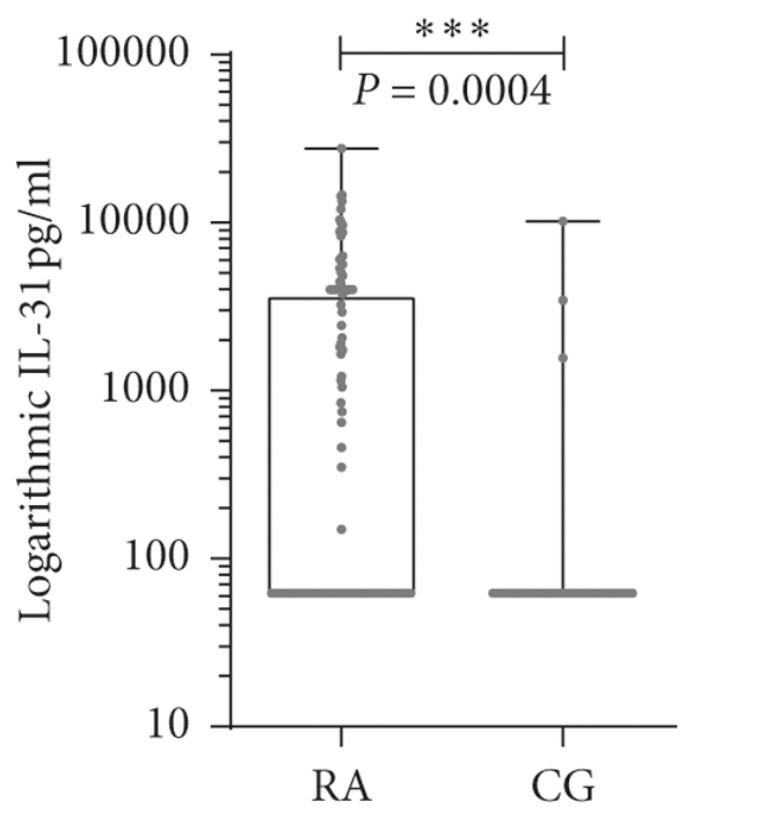
Fig1. Cytokines serum evaluation. (Pablo Ramon Gualberto Cardoso, 2021)
Case Study 2: Cytokine Multiplex Assay Kit
Tic disorder is a neuropsychiatric condition that affects 3% of all children and can have a significant impact on their quality of life. Cytokines, interferons, interleukins, lymphokines, and tumor necrosis factors are involved in the neuroinflammatory circuitry of tic disorders. This study aimed to identify the cytokines involved in the pathogenesis of tic disorders. The researchers enrolled 44 patients with tic disorder and 38 healthy controls. Patients were free of psychotropic medications for at least 3 weeks. Whole blood samples were analyzed using a human cytokine multiplex assay kit. In the mild tic group, interleukin (IL)-12 p70 negatively correlated with motor tic scores. Granulocyte-macrophage colony-stimulating factor, IL-4, IL-8, and tumor necrosis factor (TNF)-α were positively correlated to phonic tic scores. IL-12 p40 and TNF-α were positively correlated to total tic scores. IL-12 p70 and IL-17a negatively correlated to impairment scores and total YGTSS scores. Tic disorder patients and healthy controls exhibit different cytokine profiles.
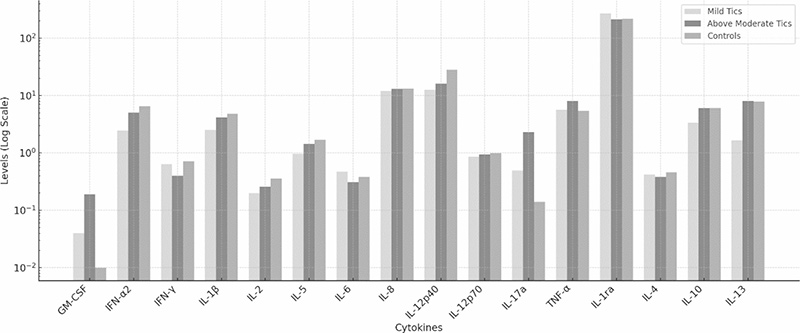
Fig2. Cytokine levels of patient subgroups and controls visualized using a logarithmic scale. (SuHyuk Chi, 2023)
Case Study 3: Cytokines and Chemokines Assay Kit
An ever-increasing number of efforts are focused on identifying effective biomarkers for immune checkpoint inhibitors (ICIs). Cytokines and chemokines are critical to tumor growth, metastasis, tumor angiogenesis, and the immune response against tumor cells. In the study here, the researchers determined the correlation between circulating cytokines/chemokines and the clinical benefit of ICIs for non-small cell lung cancer (NSCLC) patients. Plasma levels of cytokines/chemokines and specific stress response markers were measured using the Bio-Plex Pro Human Cytokines Grp I Panel (27-plex), an APEX1 detection kit, and a human LAP(TGF-β1) immunoassay kit. In the ICI monotherapy cohort, a high level of IL-6 at pretreatment or an elevation of IL-6, IL-8, FGF2, CXCL10, CCR1, PDFGB, TNF, and APEX1 posttreatment was associated with poor progress-free survival (PFS). A posttreatment elevation (defined herein as change rate) of CXCL10 was also associated with poor overall survival (OS). In the combinational therapy group, a high level of IL-12, IL-17A, FGF2, VEGF, and APEX1 at pretreatment and an elevation of CCL2 posttreatment were associated with poor PFS. A high level of IL-9, FGF2, PDFGB, CCL4, TFGB, and APEX1 at pretreatment and an elevation of IL-13, CSF2, and CCL2 at posttreatment were associated with poor OS of patients receiving combination therapy.
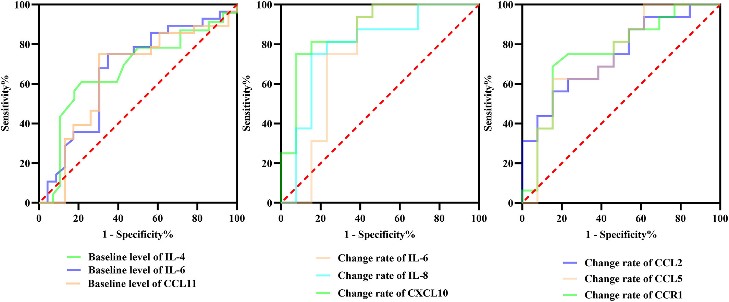
Fig3. Change rate of CCL2, CCL5 and CCR1 at posttreatment. (Yue Hu, 2023)
The detection of cytokines can provide important information for the study of inflammatory diseases, autoimmune diseases, tumors and other pathological processes. Different multicytokine test kits may detect different combinations of cytokines depending on the specific needs of the study. Creative BioMart offers a variety of cytokine detection kits and is actively exploring new technologies for multiplexed cytokine assays. If you have any other customized needs, please feel free to contact us!


